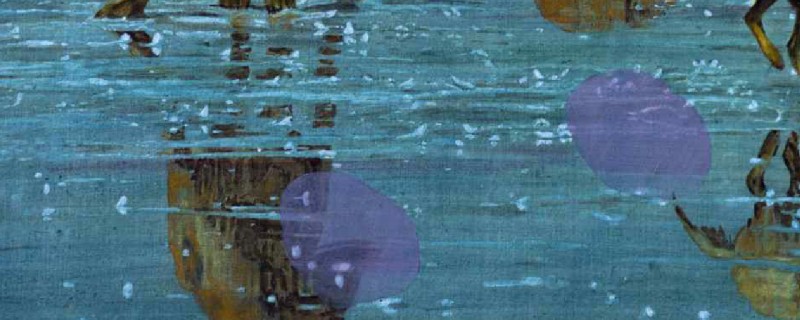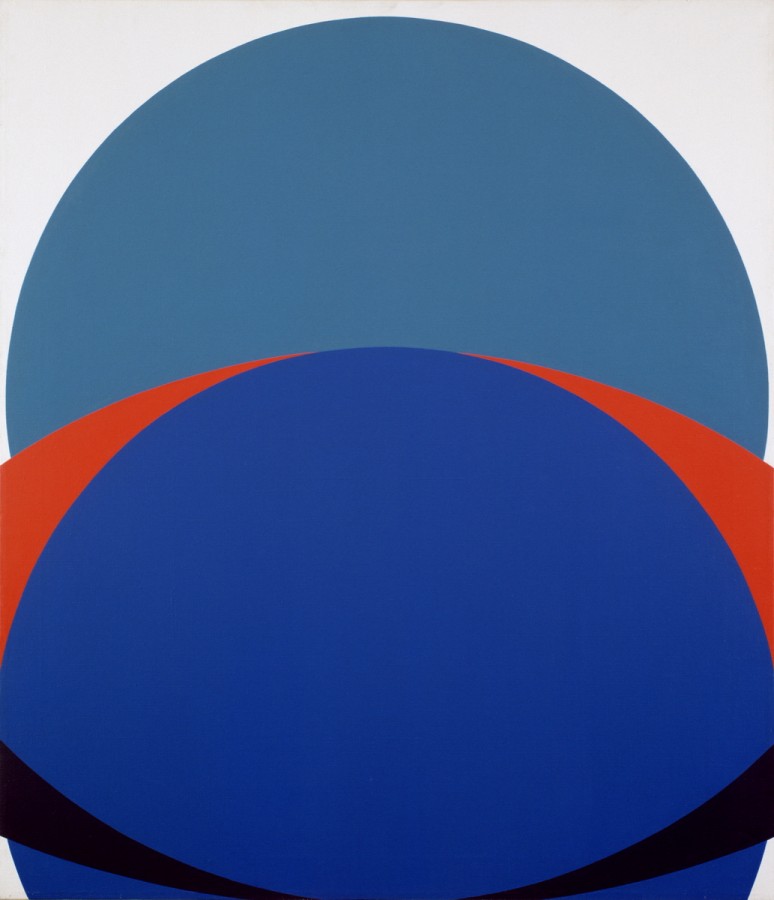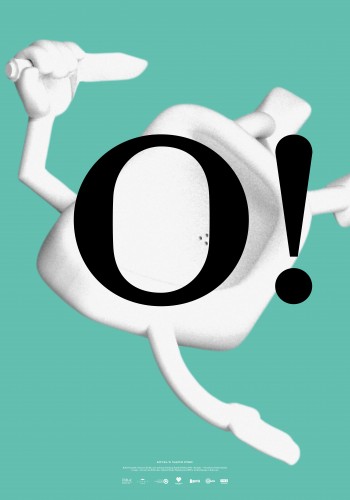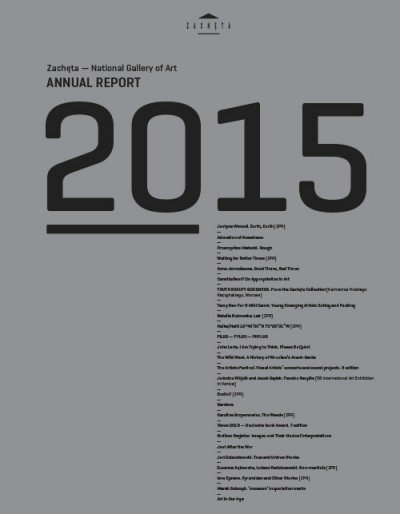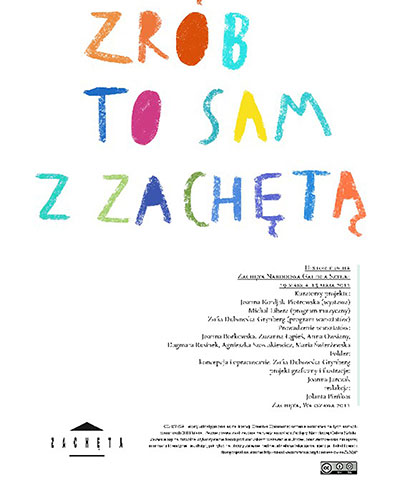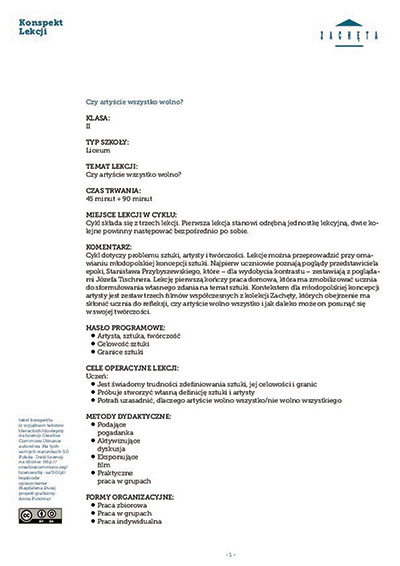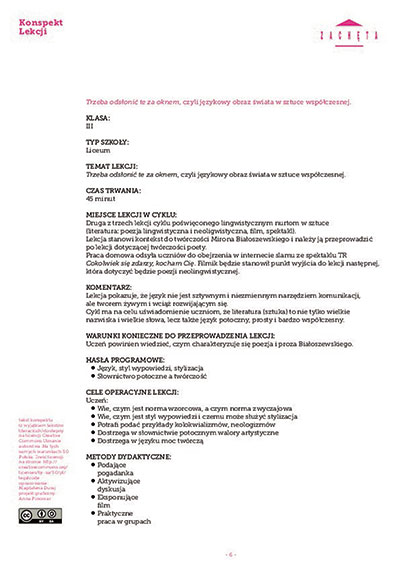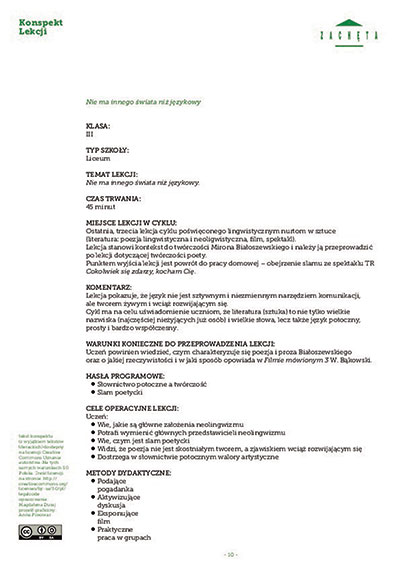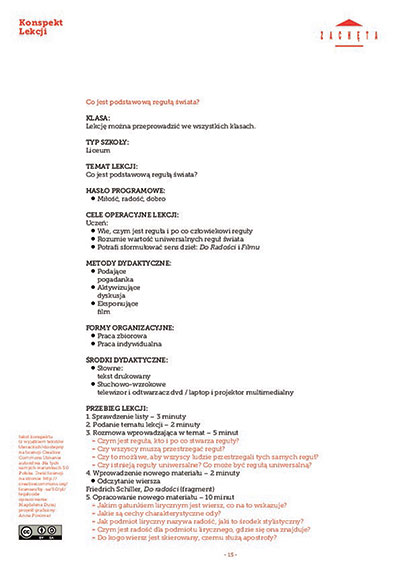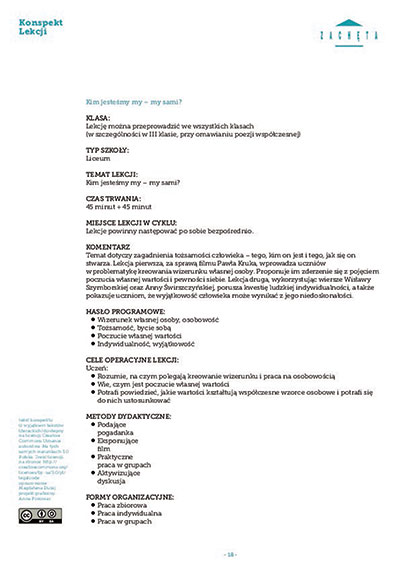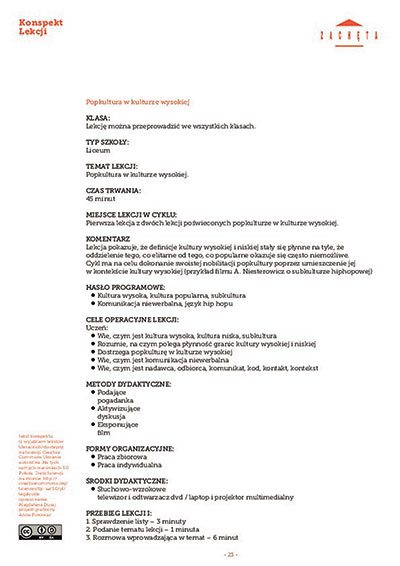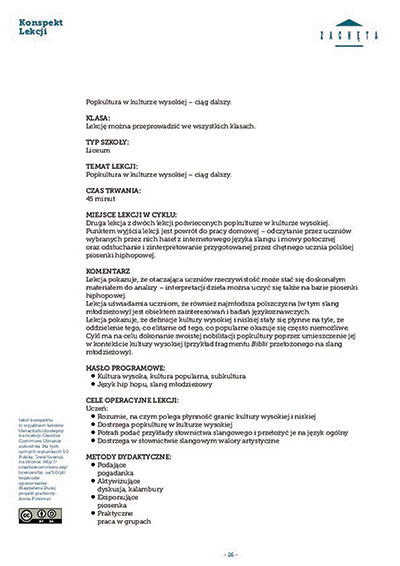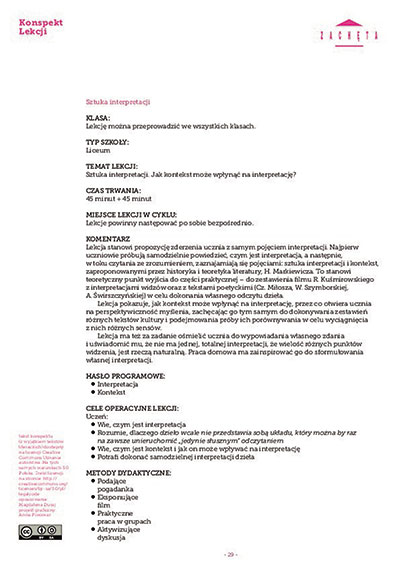Publikacja udostępniana jest na licencji Creative Commons.
Publication date: 12.12.2015
The ING Polish Art Foundation supports the development of contemporary Polish art, including, in particular, the work of young artists. One of Poland’s first corporate art collections, it comprises 159 artworks, chiefly paintings, but also photographs, drawings, videos and sculptures. Besides works by such recognised artists as Stefan Gierowski, Włodzimierz Pawlak or Zbigniew Libera, it includes artworks by younger-generation artists (Wilhelm Sasnal, Rafał Bujnowski, Michał Budny, Jakub Julian Ziółkowski and many others). On the occasion of the Foundation’s fifteenth anniversary, we have interviewed persons who have created the collection at various stages about its history and significance.
Tell us about the beginnings of the ING Polish Art Foundation.
Aneta Prasał-Wiśniewska: Everything began with the exhibition of CoBrA group, presenting works from the collections of the Stedelijk Museum in Amsterdam and the Louisiana Museum of Modern Art in Humlebæk, Denmark, which opened at the Zachęta in February 1998. In the 1990s, examples of business sponsoring artistic events, and contemporary art in particular, were rare, so we welcomed ING’s decision to support the rather costly project. The show must have been to the liking of the directors and execs from Plac Trzech Krzyży, and they must have found Zachęta trustworthy, for shortly after the exhibition’s launch we were approached by Beata Kruczek, head of ING’s public relations in Poland, with a proposition to help create the collection. Since I had the pleasure of curating the CoBrA show, the proposition landed on my desk. So began a fascinating period of laying the framework of the Foundation’s collection, which lasted through summer 2001 when Hanna Wróblewska, today the Zachęta’s director, stepped in as the person in charge of the collection’s artistic supervision. Inspiration, of course, came from ING’s collection in the Netherlands, started in the 1970s, but there was supposed to be something else too: vision, courage, curiosity and fascination with art. The Polish art market was only emerging, and ambitious art galleries were few and far between, so we’d invite ourselves to artists for tea and rummage through the works in the studios. It was exciting, informal, fresh. With the hindsight of the past seventeen years it is clear that the ING collection and the Foundation have been part of a fundamental transformation of the Polish art market, its perception at home and abroad. Laying the framework of the collection, we knew those changes would soon take place, though their scale was hard to predict at the time.
What was the Foundation’s and the collection’s role in the bank’s structure? Did you work further with the artists whose works were acquired for the collection?
Magda Kochanowska: The Foundation’s role within the bank — and within the ING group — was clearly defined from the beginning: to support Polish artists, especially those from the young generation. At first, the Foundation devoted itself to acquiring artworks, which were then displayed in office spaces. Gradually, however, new forms of support were developed, such as exhibitions: the small-scale but interesting Blue Almost White, curated by Katarzyna Słoboda, or Jakub Julian Ziółkowski’s show at the Zachęta. Reproducing fragments of selected paintings on ING pay cards was a project that went a long way towards connecting the worlds of art and finance (as well as making known many works from the collection). To this day I see people paying with pieces of plastic bearing an image of Grzegorz Sztwiertnia’s The Painter’s Eye. The Foundation made sure that the reproductions were accompanied by the author’s name and a note that the works are part of the Foundation’s collection. It wasn’t always possible to continue working with the artists whose works had been acquired for the Collection, but we tried to stay in touch with them, follow their careers, organise meetings. I always tried to meet the artists in person, even if the actual acquisition was done through a gallery. Many of those acquaintances have continued to this day.
When did the ING Polish Art Foundation’s collaboration with the Zachęta — National Gallery of Art begin? What’s the essence of this collaboration and what benefits have you derived from it?
Maria Rubersz: Formally, the Foundation and the Zachęta have collaborated since 2004. The main purpose of the agreement is for an experienced institution to provide support to a small organisation. Expert help means discussions about the Foundation’s vision, the different artists or specific artworks. But it also means receiving support in your daily work, such as being able to ask the Zachęta specialists for tips regarding the archiving or conservation of works of art. Above all, however, the long-term cooperation with the Zachęta gallery has been focused on building a partnership and pursuing the common goal of supporting and popularising contemporary art. Many interesting initiatives launched in Poland by institutions, foundations or companies have run aground due to strategy changes, major reorganisations or simple neglect. The Zachęta guarantees that if the Foundation is liquidated, a magnificent collection of contemporary Polish art won’t be dispersed. In such a case, as stipulated in the Foundation’s statute, the collection will be transferred to the Zachęta, becoming part of national heritage.
What impact has the ING Polish Art Foundation’s collection had on how businesspeople think about contemporary art?
Kamila Bondar: Works from the collection are on display at ING Bank Śląski’s headquarters in Warsaw and Katowice, in corridors, offices and conference rooms, and employees see them on a daily basis. Some they like more, some less. There are cases when finding the right place and setting for a particular work takes a long time. Others are so coveted everyone wants them close to their desk and there’s some tough negotiating. The collection itself inspires constant debates and opinions. A survey conducted in June 2015 by a student of the Amsterdam Business School showed that the consumption of high-brow art is statistically higher among the personnel of ING and other companies that develop their own art collections. I don’t know if ING employees visit contemporary art exhibitions more often than others, but certainly more and more of them have realised that art doesn’t have to be ‘pretty’ or simply representational. I am often surprised when colleagues who have spent some time in the presence of a work voice their reflections. They clearly confirm that art works! Many persons participate also in weekly meetings with the collection, where I discuss the given artist, presenting their biography and broadening the field of their work’s interpretation. Some colleagues have started their own, private, art collections and I know that the Foundation’s collection serves as an important inspiration for their personal choices.
-
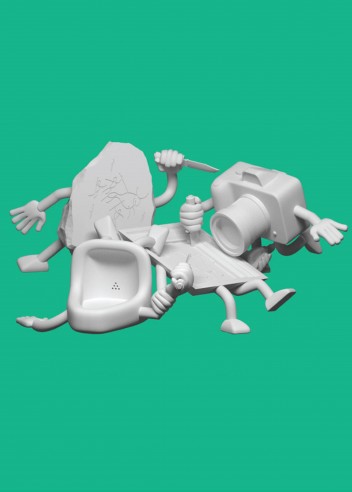 12.12.2015 – 31.01.2016Art in Our AgeRafał Dominik and Szymon Żydek and the collections of Zachęta — National Gallery of Art and the ING Polish Art Foundation
12.12.2015 – 31.01.2016Art in Our AgeRafał Dominik and Szymon Żydek and the collections of Zachęta — National Gallery of Art and the ING Polish Art FoundationArt in Our Age is an exhibition of works from the collections of the ING Polish Art Foundation and Zachęta — National Gallery of Art. The exhibition confronts the activities of contemporary artists with the fundamental questions that those visiting their exhibitions ask themselves: has today’s art totally divorced itself from reality? Who are contemporary artists and why do we call the effects of their activities works of art? What does the abstract explorations of the artistic avant-garde have in common with the lives of ordinary people?
Zachęta – National Gallery of ArtZachęta
